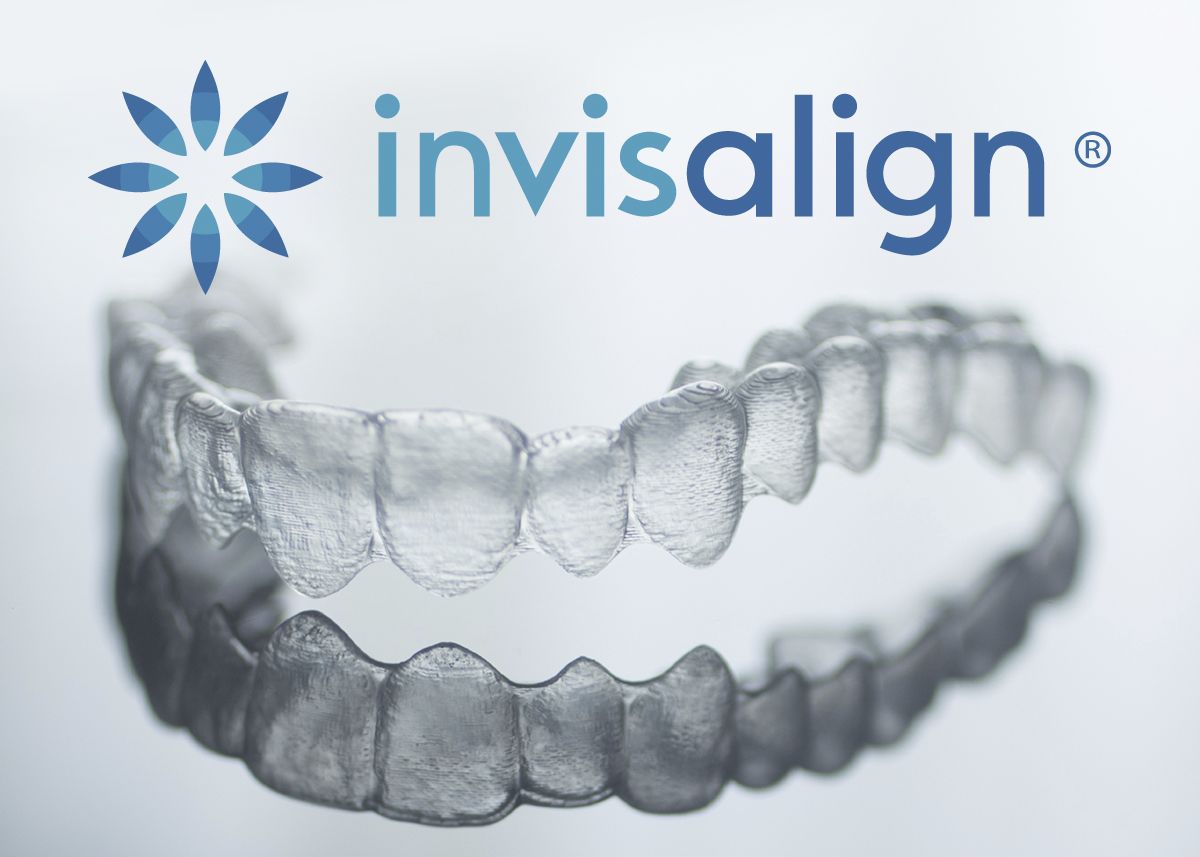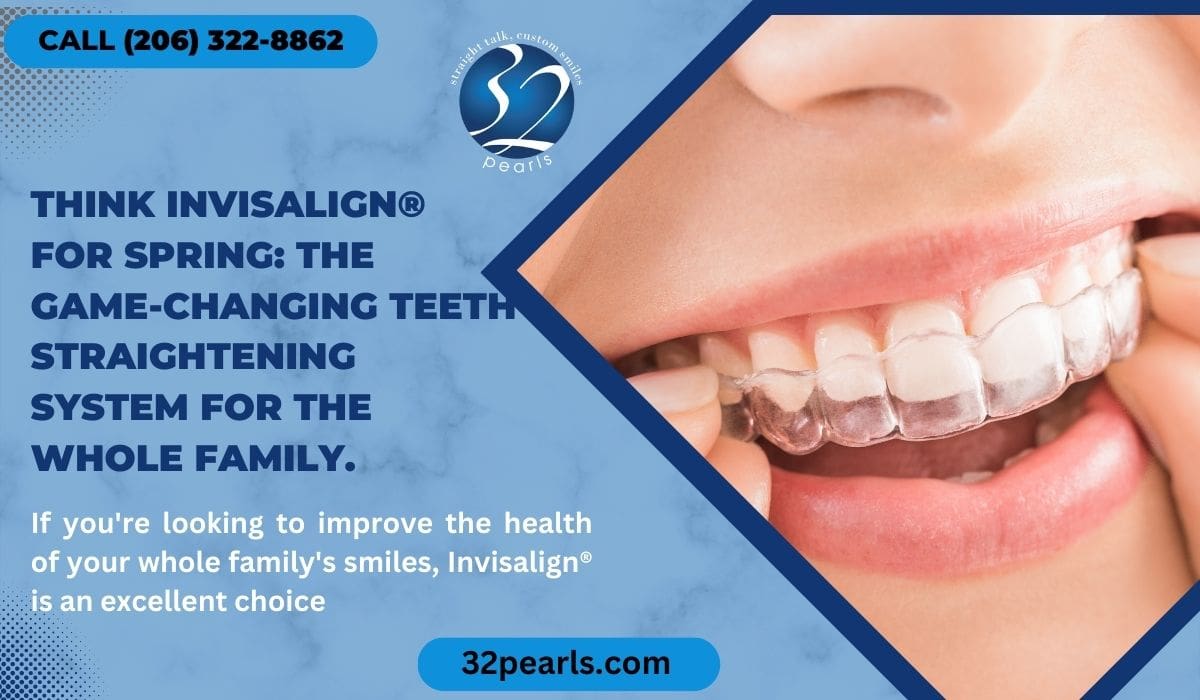What to Expect During Your Invisalign Journey: A Comprehensive Review
What to Expect During Your Invisalign Journey: A Comprehensive Review
Blog Article
Invisalign vs. Standard Dental braces: Which Option Is Right for You?
When considering orthodontic treatment, the selection between Invisalign and typical dental braces presents numerous crucial factors that merit mindful examination. Invisalign provides a very discreet alternative with removable aligners, while traditional braces provide a much more noticeable yet effective remedy for extreme misalignment.
Review of Therapy Alternatives

In comparison, traditional braces include steel braces and wires that are bound to the teeth. This approach applies continuous pressure in time to accomplish placement. While reliable for intricate orthodontic concerns, traditional braces need regular check outs for adjustments and can present challenges in keeping oral hygiene as a result of the difficulty of cleansing around braces and cords.
Both alternatives have their values, and the choice usually hinges on particular dental problems, way of living choices, and patient compliance. Inevitably, getting in touch with an orthodontic expert is critical for determining one of the most suitable treatment plan tailored to private needs. Understanding the nuances of each choice can considerably affect the total success of orthodontic therapy.
Visual Factors To Consider
A substantial aspect affecting the choice between Invisalign and conventional dental braces is the visual charm each treatment offers. Invisalign aligners are crafted from clear plastic, making them basically unseen when used. This discreet appearance is especially appealing to teens and adults who might feel self-conscious regarding their orthodontic treatment. The capability to preserve a natural smile throughout the positioning process can significantly enhance the person's confidence in specialist and social settings.
In contrast, traditional dental braces include steel braces and cables, which can be more obvious. While developments in orthodontic technology have resulted in the development of smaller braces and colored elastics, conventional dental braces still keep an even more obvious profile. For some people, the exposure of dental braces may deter them from looking for needed treatment.
Ultimately, the selection in between Invisalign and standard braces may rest on personal choices pertaining to visual appeals. Individuals that prioritize discernment typically favor Invisalign, while those who are less worried concerning exposure might choose for traditional dental braces. Understanding the visual implications of each alternative is important for making a notified decision that straightens with one's lifestyle and preferences.
Convenience and Convenience

In regards to convenience, Invisalign aligners are detachable, allowing patients to appreciate their favorite foods without constraint and maintain optimal dental health. Cleaning and flossing are simplified, as the aligners can be secured throughout these routines, whereas traditional braces require careful useful link maneuvering around brackets and cables.
Furthermore, Invisalign's dynamic system enables for fewer orthodontic sees. Individuals normally get numerous sets of aligners at once, which can enhance the treatment procedure and reduce time spent in the orthodontist's chair. On the other hand, typical dental braces require regular adjustments, making them much less hassle-free for those with busy timetables. Invisalign. On the whole, the comfort and benefit of Invisalign make it an appealing selection for many people seeking orthodontic therapy.
Therapy Duration and Efficiency
While both Invisalign and conventional braces work in correcting dental misalignments, the period of therapy can differ substantially in between the 2 options. Generally, Invisalign treatment can take anywhere from 12 to 18 months, relying on the intricacy of the case. The clear aligners work by slowly changing teeth into their desired placements, and normal follow-ups with an orthodontist help ensure development remains on the right track.
On the other hand, typical dental braces typically call for a longer commitment, usually varying from 18 months to 3 years. This is due to their set nature and making use of braces and wires, which can be more reliable for serious imbalances and complicated instances (Invisalign). The treatment efficiency of typical braces is well-documented, as they permit for accurate adjustments and greater control over tooth motion
Eventually, the choice between Invisalign visit our website and standard braces may depend upon both the anticipated therapy duration and the details dental issues handy. Consulting with an orthodontist is essential, as they can provide customized recommendations based on individual requirements, ensuring the selected method aligns with wanted end results and timeframes.
Price Comparison and Insurance Coverage Options
Price plays a significant duty in the decision-making process for individuals taking into consideration orthodontic therapy, whether choosing Invisalign or standard braces. Typically, the price of Invisalign ranges from $3,000 to $8,000, while conventional dental braces commonly set you back in between $2,000 and $6,000. Aspects influencing these costs include the complexity of the instance, the period of treatment, and geographical area.
Insurance protection can significantly affect out-of-pocket expenses. Several oral insurance coverage strategies provide partial insurance coverage for orthodontic straight from the source therapies, yet the specifics can vary extensively. It is vital for people to assess their insurance policies to establish the extent of coverage for either choice. Typically, typical braces may be a lot more often covered by insurance strategies contrasted to Invisalign, which some insurance firms categorize as an aesthetic treatment.
Furthermore, several orthodontic methods provide adaptable repayment plans, making both treatment options a lot more accessible. Individuals ought to ask concerning potential financing alternatives and discounts for ahead of time repayments. Reviewing the overall price, including insurance benefits and repayment strategies, is necessary for making an educated decision that aligns with both visual preferences and spending plan considerations.
Final Thought
In summary, the choice between Invisalign and standard dental braces rests on numerous factors, consisting of visual preferences, convenience, treatment period, and cost. Invisalign supplies a discreet, removable alternative that assists in oral health and nutritional flexibility, while typical dental braces might be more suitable for complex dental concerns and frequently come at a lower cost point. Eventually, consultation with an orthodontist is necessary to evaluate private situations and figure out one of the most appropriate treatment alternative for accomplishing ideal dental alignment.
When considering orthodontic therapy, the choice between Invisalign and typical dental braces offers several vital aspects that merit mindful examination.Comparing Invisalign and standard braces reveals distinctive treatment alternatives for orthodontic modification.While both Invisalign and standard dental braces are efficient in fixing oral misalignments, the period of treatment can vary dramatically in between the 2 options.Cost plays a significant duty in the decision-making procedure for people taking into consideration orthodontic treatment, whether opting for Invisalign or typical dental braces.In recap, the choice between Invisalign and typical dental braces hinges on numerous elements, including aesthetic preferences, convenience, therapy period, and price.
Report this page